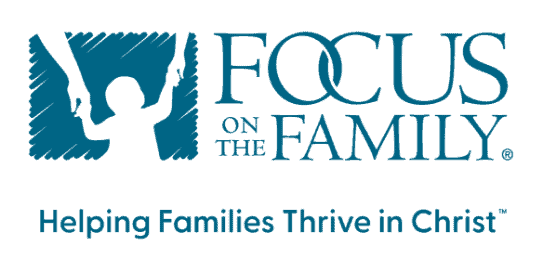At almost 3 years old, Mark could barely walk, couldn’t talk, wouldn’t feed himself and had a mountain of behavior issues. More than once, I caught him with his tiny fingers clenched around my other son’s neck.
Mark was a broken little boy, and putting him back together was tearing me apart. To make matters worse, the love I had hoped would come easily had so far eluded me — adding guilt to my burdened heart. I carried this guilt far too long before I realized that love takes many different forms.
Whether because of a language barrier or a broken heart, many adopted children are incapable of understanding verbal or physical expressions of love. In these situations, as with Mark, it’s necessary for love to take different forms. Here are some of the different looks of love:
Meeting basic needs.
Whether it’s attending to a medical concern or showing unending patience, meeting your child’s basic needs clearly conveys how much you care. In Mark’s case, the first gestures he understood as love were food on the table and clothes that fit properly.
Building trust through routines.
Often, adopted children have lost trust in adults because of too many bad surprises in their lives. It’s no wonder these children thrive on consistency. Establishing a daily routine, which includes consistent mealtimes and bedtime, has eased Mark’s fear of the unknown. He no longer fears what might happen because he knows what to expect.
Setting reasonable expectations.
This tells your child you have faith in his potential and are committed to helping him succeed. At times, clearly communicating your expectations may sound blunt. But love doesn’t pity, and it’s not always “warm and fuzzy.” In Mark’s case, speech delays make the simplest words difficult to say. Many times I’ve incurred glares from strangers as I encouraged him to use his words — expecting him to try. As his mom, it’s my job to help him venture outside his comfort zone so he can grow.
Validating emotions.
You can show love to your child by having arms that are quick to embrace with compassion, regardless of what emotions you encounter. Because of Mark’s limited vocabulary, he often crumples in my lap sobbing. He needs me to validate the feelings he can’t yet express with words. When I help by giving him the words, he knows I understand.
Without even realizing it, I was showing love to Mark in ways that no one had before. And, the more I purposed to attend to Mark’s needs, the more my love for him grew. Perhaps it shouldn’t come as a surprise that love, much like a child, needs to be nurtured in order to grow and flourish.















